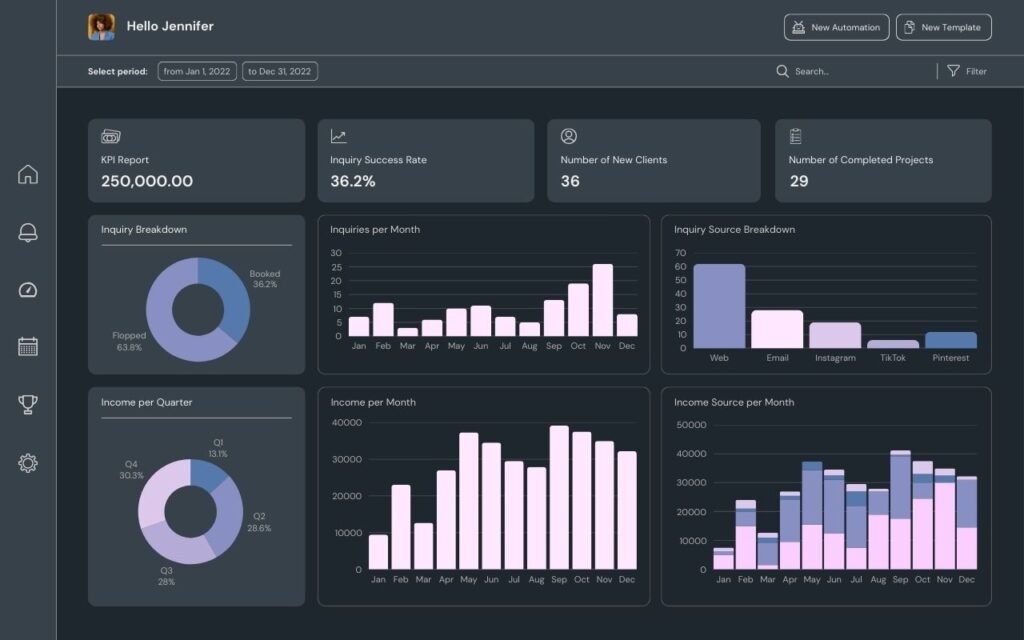In today’s rapidly evolving industrial landscape, the integration of Internet of Things (IoT) and Supervisory Control and Data Acquisition (SCADA) systems is driving significant changes in how industries operate. By combining the power of real-time data collection and automation, this dynamic duo is enhancing operational efficiency, reducing downtime, and enabling smarter decision-making across various sectors. In this blog, we’ll explore how IoT and SCADA are transforming industries like manufacturing, energy, and utilities, and what this means for the future.
What is SCADA and IoT?
Before we dive into how these two technologies are changing industries, let’s quickly define what SCADA and IoT are:
- SCADA: SCADA refers to systems that allow operators to monitor and control industrial processes remotely. It involves collecting data from sensors, PLCs (Programmable Logic Controllers), and other devices in real time, then displaying that data on a human-machine interface (HMI) for analysis and control. SCADA systems have been the backbone of industrial automation for decades.
- IoT: The Internet of Things refers to a network of devices that are connected to the internet, allowing them to communicate with each other and share data. In industrial settings, IoT devices might include sensors, actuators, and machinery, all of which collect data and provide insights for more efficient operations.
How IoT is Transforming SCADA Systems
While SCADA has traditionally operated within a closed system of sensors and controllers, the IoT revolution has drastically expanded its capabilities. Here’s how:
- Increased Data Collection and Insights
With IoT devices, industries can collect vast amounts of data from a much broader range of sources. In the past, SCADA systems were limited to monitoring devices within a specific facility or network. However, with IoT, sensors and devices can now be placed on machinery, pipelines, or even within the environment itself, collecting data from a wide array of assets, often spread across multiple locations. This expanded reach helps operators gather more granular data, which can be analyzed to improve operations, anticipate problems, and optimize performance. - Real-Time Data Analysis and Decision Making
SCADA systems have always excelled at real-time monitoring and control. By integrating IoT devices, SCADA can now provide even more immediate insights, enabling operators to make data-driven decisions faster. For example, a manufacturing plant can adjust operations in real time based on sensor data from IoT devices that measure temperature, vibration, or pressure levels on equipment. - Predictive Maintenance
One of the biggest benefits of IoT integration with SCADA is predictive maintenance. IoT sensors continuously monitor the condition of equipment, collecting data on wear and tear, temperature fluctuations, and operational anomalies. SCADA systems can analyze this data to predict when a machine is likely to fail, allowing operators to schedule maintenance before a breakdown occurs. This reduces downtime and extends the life of machinery. - Remote Monitoring and Control
IoT devices connected to SCADA systems allow for remote monitoring and control, enabling operators to manage processes from virtually anywhere. Whether it’s a wind farm, a chemical plant, or a water treatment facility, SCADA systems integrated with IoT allow operators to monitor and control industrial processes from their smartphones or computers—perfect for industries with geographically dispersed assets. - Enhanced Efficiency and Automation
The integration of IoT with SCADA systems automates many of the monitoring and decision-making processes that were once manual. IoT sensors can trigger automated actions in response to specific conditions (e.g., adjusting a valve when a pressure sensor reaches a critical level), which can drastically improve efficiency and reduce the likelihood of human error.

Industry Applications of IoT-Integrated SCADA Systems
Let’s take a closer look at how IoT and SCADA are transforming some key industries:
- Manufacturing
In the manufacturing sector, IoT-enabled SCADA systems are helping to optimize production lines, improve product quality, and reduce waste. Real-time data from sensors can detect production bottlenecks or irregularities, allowing operators to take corrective actions before they impact production. Predictive maintenance also ensures that equipment failures are minimized, leading to more uptime and fewer production delays. - Energy and Utilities
IoT in energy sectors, such as wind or solar power, is revolutionizing how energy grids are managed. SCADA systems integrated with IoT can help optimize energy distribution, monitor the health of equipment like turbines or solar panels, and respond to changes in demand in real time. This enables smart grid management, which leads to more efficient energy usage and cost savings. - Water and Wastewater Management
IoT and SCADA systems are crucial for water quality monitoring and ensuring the efficient distribution of water across large networks. Sensors can detect contaminants, measure pressure, and monitor flow levels, providing operators with real-time information about the status of the entire water system. This leads to faster responses to issues like leaks or contamination, improving both efficiency and safety. - Oil and Gas
SCADA systems, combined with IoT technology, are transforming operations in the oil and gas industry. Sensors on pipelines, drilling rigs, and equipment allow for continuous monitoring of conditions like pressure, temperature, and flow rates. IoT-enabled SCADA systems can provide operators with immediate alerts when there’s a problem, reducing the likelihood of costly breakdowns and environmental incidents.

Challenges and Considerations
While the combination of IoT and SCADA brings numerous benefits, there are also challenges:
- Cybersecurity Risks
With more devices connected to the internet, the risk of cyberattacks increases. Proper cybersecurity measures must be in place to protect the SCADA and IoT networks from external threats. - Data Overload
With IoT generating vast amounts of data, it can be difficult to separate the important information from the noise. SCADA systems need powerful analytics tools to sift through the data and provide actionable insights. - Integration Complexities
Integrating legacy SCADA systems with IoT technology can be complex, requiring customized solutions and significant investment in infrastructure.
Conclusion
The integration of IoT and SCADA systems is a game-changer for industrial sectors across the globe. By enabling real-time monitoring, predictive maintenance, and smarter decision-making, this combination is helping industries become more efficient, safe, and cost-effective. As these technologies continue to evolve, we can expect even greater advancements in automation, data analytics, and system integration.







Leave a Reply to compiledsuccessfully Cancel reply